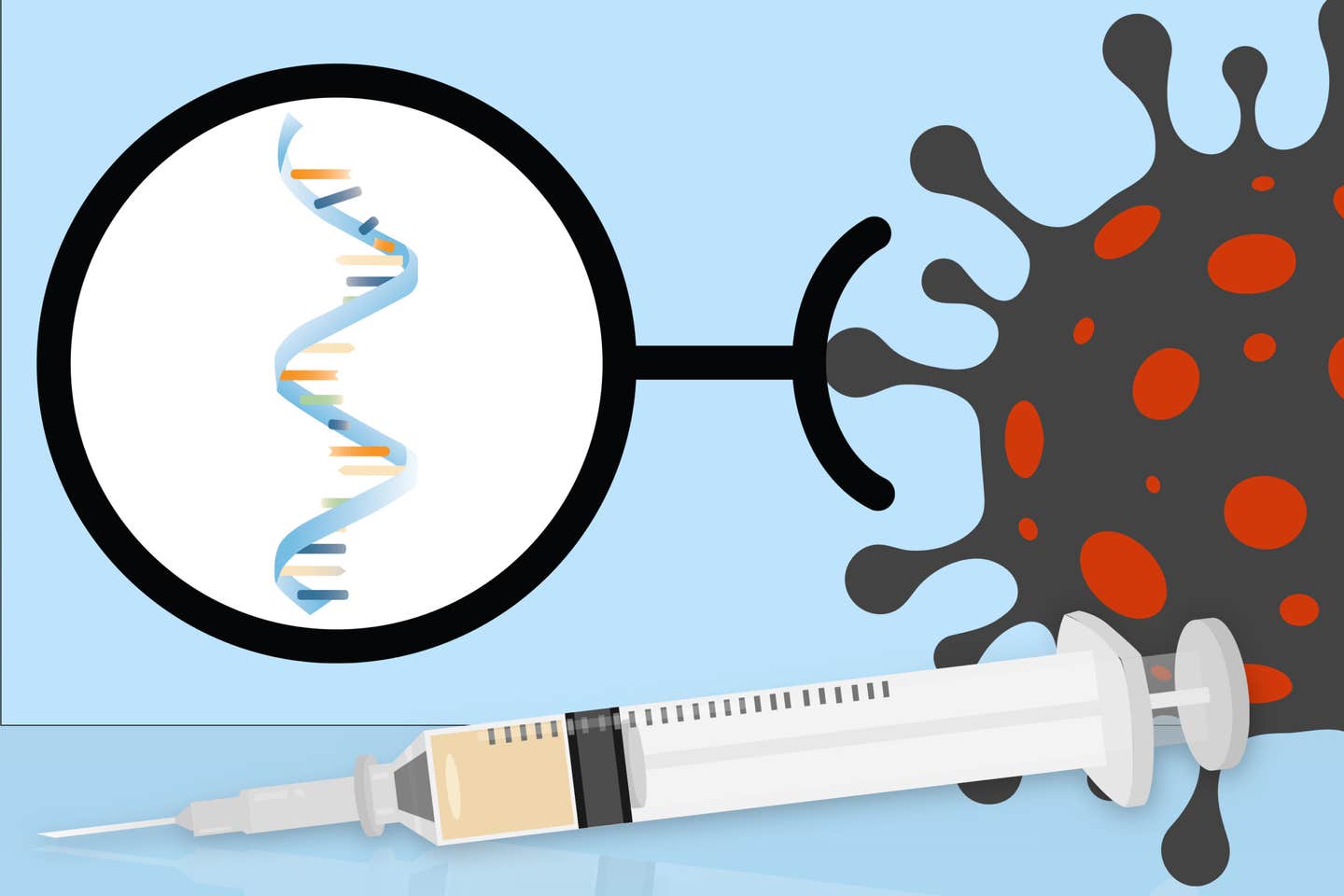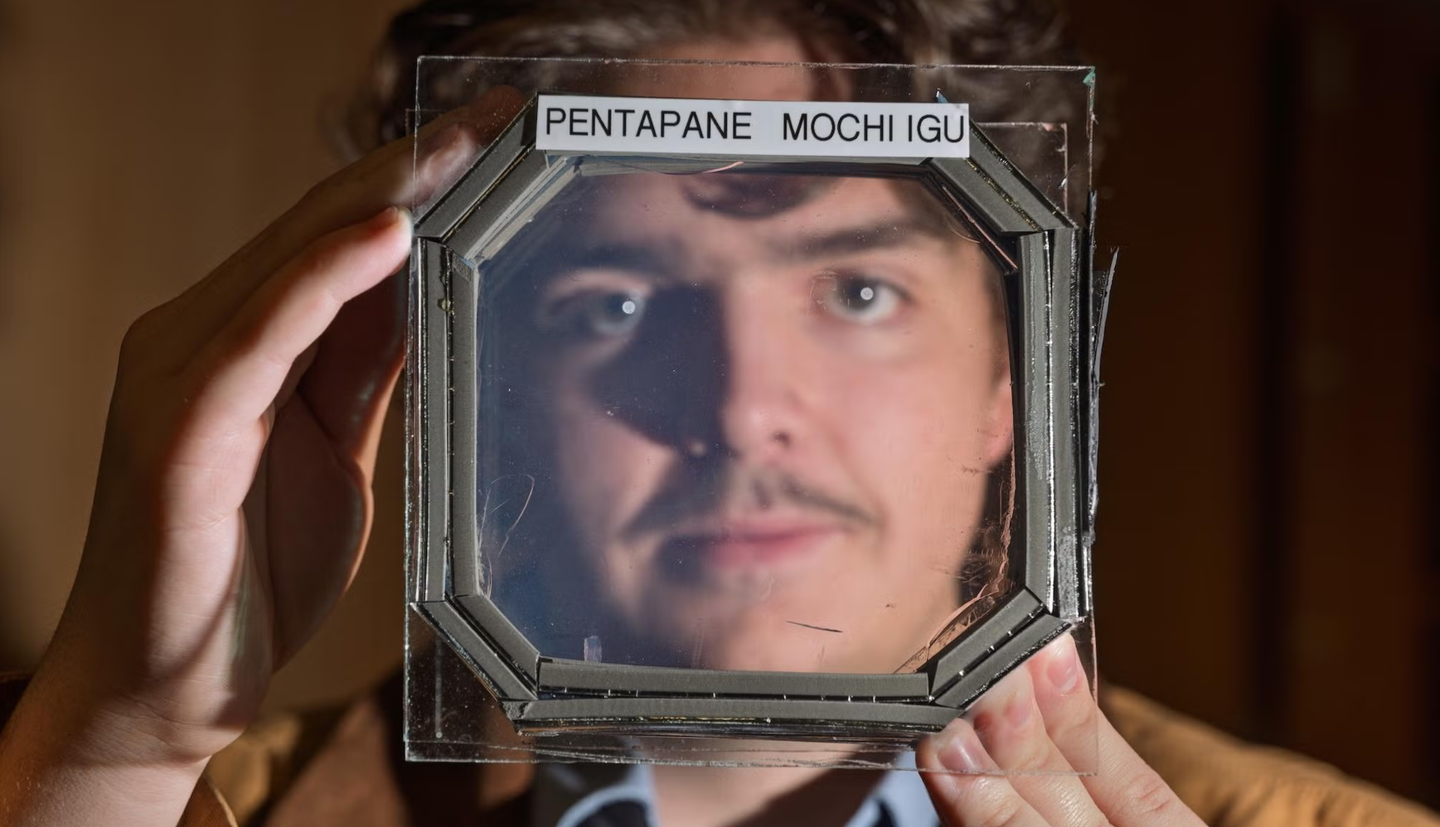MIT scientists design more powerful RNA vaccines at lower doses
RNA vaccines have been hailed as the cornerstone in our fight against Covid-19 due to their efficacy in reducing disease severity.

[Sept. 11, 2023: Staff Writer, The Brighter Side of News]
RNA vaccines have been hailed as the cornerstone in our fight against Covid-19 due to their efficacy in reducing disease severity. (CREDIT: Creative Commons)
RNA vaccines have been hailed as the cornerstone in our fight against Covid-19 due to their efficacy in reducing disease severity. However, a trailblazing team at the Massachusetts Institute of Technology (MIT) believes they can take these vaccines a notch higher.
Their recent breakthrough research showcases an advanced design of the RNA vaccine, promising a fortified immune response against Covid-19. Remarkably, they achieved this in mice even at a decreased dosage.
Traditionally, vaccine development has often leaned on adjuvants — specialized molecules designed to amplify the immune response. However, such molecules haven't been merged with RNA vaccines yet. The MIT team's innovation sidesteps this need, as they've re-engineered both the nanoparticles responsible for delivering the Covid-19 antigen and the antigen itself. This dual adjustment catalyzes a heightened immune response.
Daniel Anderson, an esteemed professor in MIT’s Department of Chemical Engineering and senior author of the study, provides insight into the potential real-world implications. He noted, “With intranasal vaccination, you might be able to kill Covid at the mucus membrane, before it gets into your body.” Anderson further underscored the ease of administering intranasal vaccines. He said, “Intranasal vaccines may also be easier to administer to many people, since they don’t require an injection.”
Related News
The ripples of this groundbreaking research might not be limited to just Covid-19 vaccines. The team hypothesizes that similar immune-enhancing properties could be integrated into other RNA vaccines under development, potentially offering a better defense against diseases like cancer.
Allen Jiang, a graduate student, Bowen Li, a former MIT postdoc now with the University of Toronto, and Idris Raji, another former MIT postdoc who once served as a research fellow at Boston Children’s Hospital, spearheaded this study. Their paper was recently published in the revered Nature Biomedical Engineering journal. The team's efforts were also supported by Robert Langer from the Koch Institute and other MIT researchers.
The Science Behind the Enhancement
At their core, RNA vaccines are composed of an RNA strand encoding a viral or bacterial protein — the antigen. For the Covid-19 RNA vaccines, this RNA encodes a segment of the virus's infamous spike protein. To protect this RNA from degrading in the body and to aid its cell delivery, it's encapsulated in a lipid nanoparticle carrier.
By adding synergistic self-adjuvanting properties to Covid-19 RNA vaccines, MIT researchers have found a new approach that could lead to intranasal vaccines for Covid-19 and other respiratory diseases. (CREDIT: Jose-Luis Olivares)
When introduced into cells, the RNA translates into proteins which our immune system recognizes. This recognition prompts the production of antibodies and T cells, priming the body to detect and combat the actual SARS-CoV-2 virus if the person later becomes infected.
While Moderna and Pfizer/BioNTech's pioneering Covid-19 RNA vaccines were undoubtedly effective, the MIT researchers ventured into an exploratory domain. They sought to augment these vaccines by instilling immune stimulatory properties.
High-throughput synthesis and screening of biodegradable cyclic ionizable lipids synthesized by Ugi-3CR. (CREDIT: Nature)
Their research bifurcated into two strategic phases. The initial phase revolved around the protein C3d, an integral component of the immune response system's complement system. Jiang explained their rationale: “With the promise of mRNA technologies being realized with the Covid vaccines, we thought that this would be a fantastic opportunity to see if C3d might also be able to play a role as an adjuvant in mRNA vaccine systems.”
Consequently, the mRNA was re-engineered to encode the C3d protein in conjunction with the antigen, ensuring that cells receiving the vaccine produced both components as a singular protein.
The second phase pivoted on lipid nanoparticles. Anderson shed light on this aspect: “We understood that nanoparticles themselves could be immunostimulatory, but we weren't quite sure what the chemistry was that was needed to optimize that response. So instead of trying to make the perfect one, we made a library and evaluated them, and through that, we identified some chemistries that seemed to improve their response.”
mRNA lipid nanoparticle structure. Recent studies using cryoelectron microscopy. (CREDIT: MDPI)
When tested on mice, their novel vaccine, a concoction of RNA-encoded C3d and the most effective ionizable lipid from their library, produced impressive results. Mice displayed an antibody production rate 10 times higher than those vaccinated with standard Covid RNA vaccines.
A Visionary Shift Towards Intranasal Vaccines
The MIT team's explorations didn't stop at intramuscular vaccinations. Recognizing the barriers presented by the upper airway's mucociliary blanket, they ventured into intranasal vaccine administration. Bowen Li highlighted their success, stating, “For the first time, we’ve demonstrated a synergistic boost in immune responses by engineering both the RNA and its delivery vehicles.”
High-throughput synthesis and screening of biodegradable cyclic ionizable lipids synthesized by Ugi-3CR. (CREDIT: Nature)
The implications of their findings are vast. An intranasal RNA vaccine for humans might usher in superior protection against infections, especially as it would stimulate an immune response within the mucosal linings of the nasal passages and lungs. Additionally, the robustness of these self-adjuvanted vaccines, even at lesser doses, suggests a potential reduction in vaccine production costs. This could democratize access to vaccinations, especially in developing countries.
The researchers, in collaboration with health care companies, are gearing up to assess these innovative vaccine formulations' safety and efficacy in larger animals, envisioning eventual human trials.
Amidst global challenges, it's pioneering efforts like these from MIT's labs that rekindle hope. Their tireless endeavors serve as a beacon, illuminating our path towards a healthier, Covid-free future.
For more science and technology stories check out our New Discoveries section at The Brighter Side of News.
Note: Materials provided above by The Brighter Side of News. Content may be edited for style and length.
Like these kind of feel good stories? Get the Brighter Side of News' newsletter.



